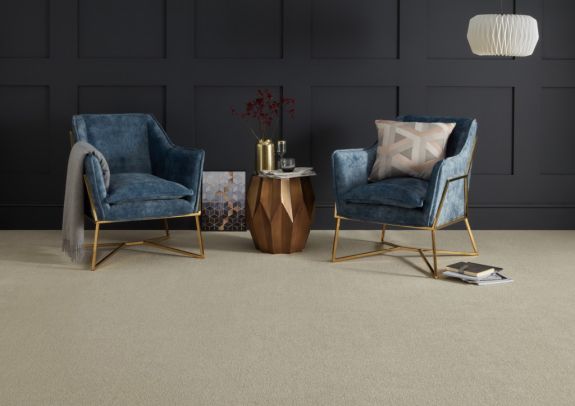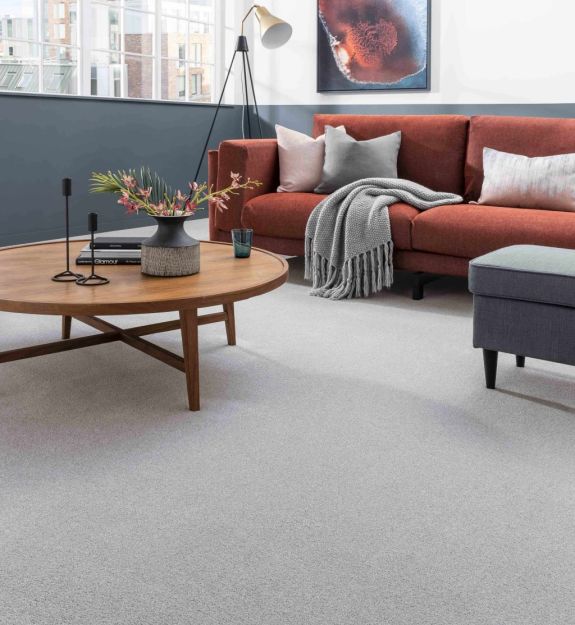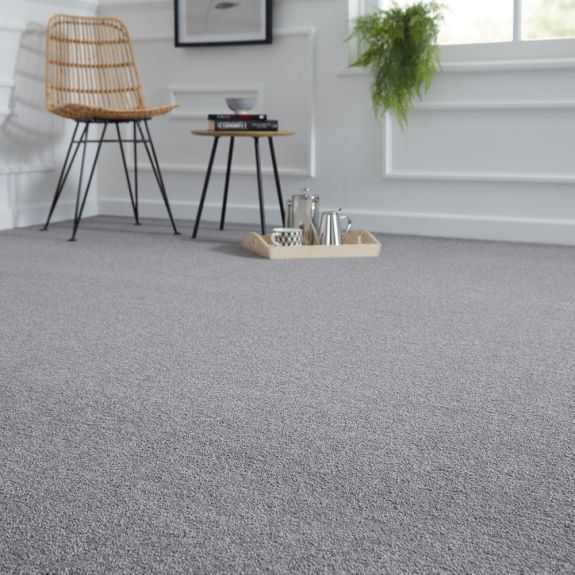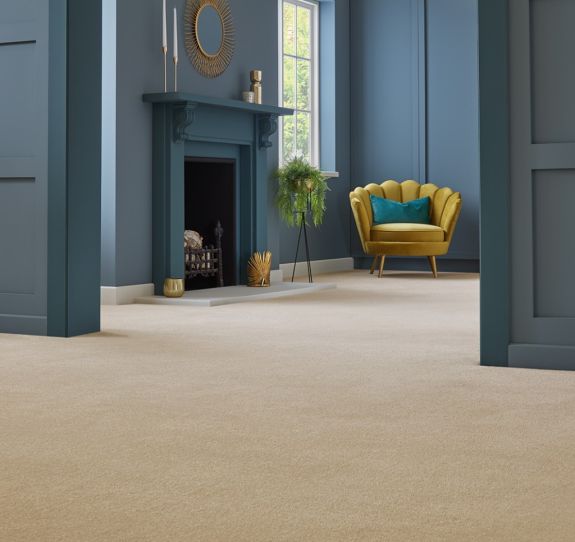When it comes to choosing the material of carpet you want, there's a lot to think about. Do you need a hardwearing carpet for a busy area? Maybe you need a stain resistant carpet because your lovely children frequently rub their bolognese-covered faces on your floor. Or you might be looking for a super soft carpet for the bedroom. Different carpet materials each have their benefits, which are designed to solve these issues.
Here are our top carpet materials and what you need to know about them:
Polypropylene Carpet
Polypropylene carpets, also known as olefin carpets, are the toughest carpets on the market. As it’s a cheaper man-made material, a polypropylene carpet is great value and perfect if you're on a budget. This carpet type can be cleaned with bleach and other strong cleaning products and is stain resistant, so you don't have to worry about it getting mucky. Because of this, it's known as a great all-rounder for a family home, or even rental properties. This material is also water resistant, so can even be put down in rooms that are often wet, such as bathrooms and kitchens.
However, polyproylene is vulnerable to heat, so hot stains, such as hot drinks, can mark the carpet. It's also not as soft as other carpet types and can flatten easily, meaning it can show its age quickly in high-footfall areas of your home.
Pros
- Can be cleaned with a bleach solution
- Inexpensive material
- Water resistant
- Cold stains are easily washed out
- Retains its colour
- Resistant to moisture and mould
Cons
- Can show age over time
- Not eco-friendly
- Not as soft as other carpet materials
- Vulnerable to heat
- Oil-based stains are hard to remove
- Can flatten easily












































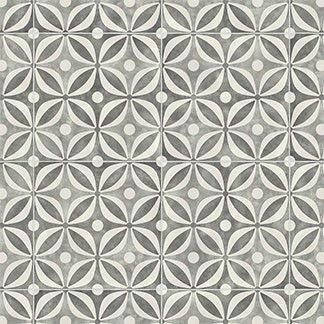
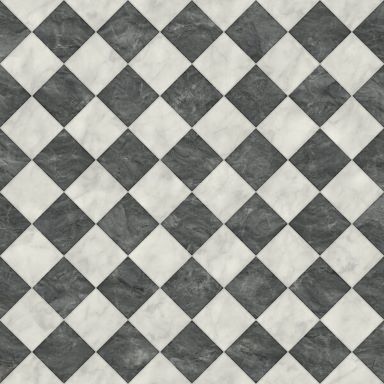

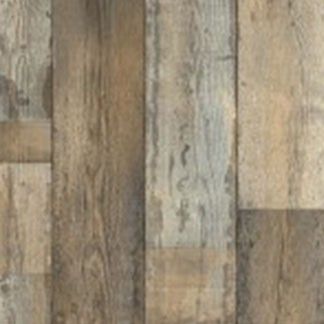











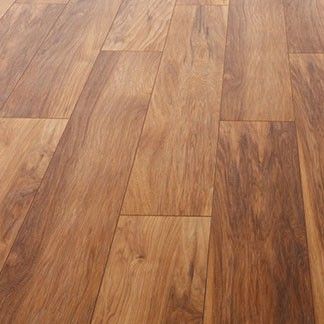
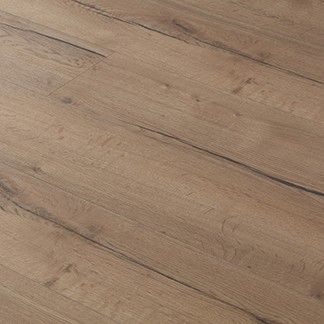

















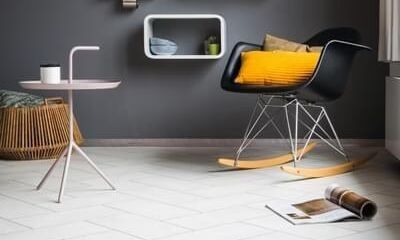
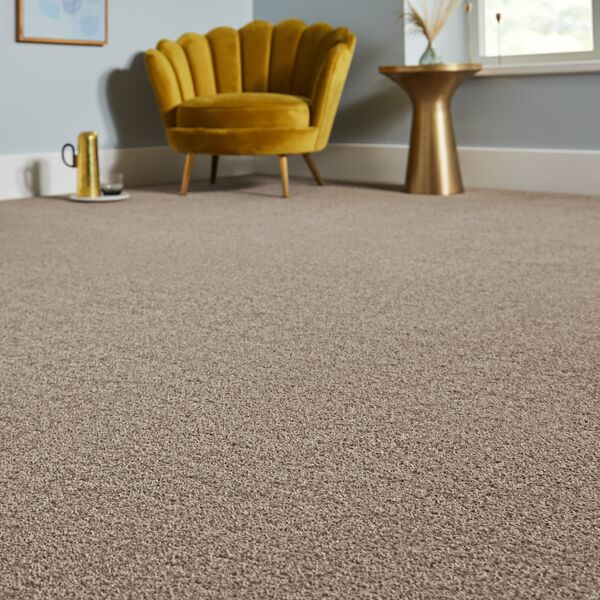
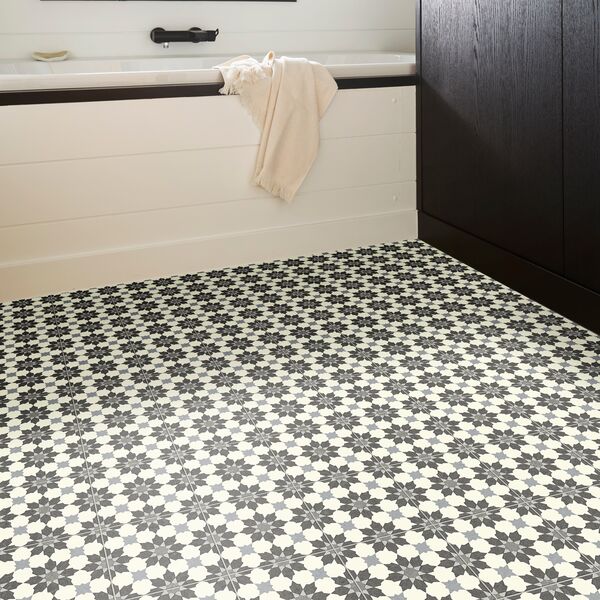
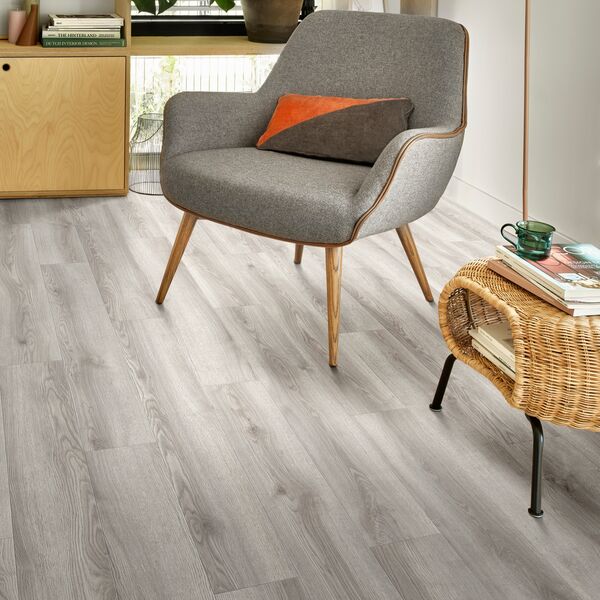

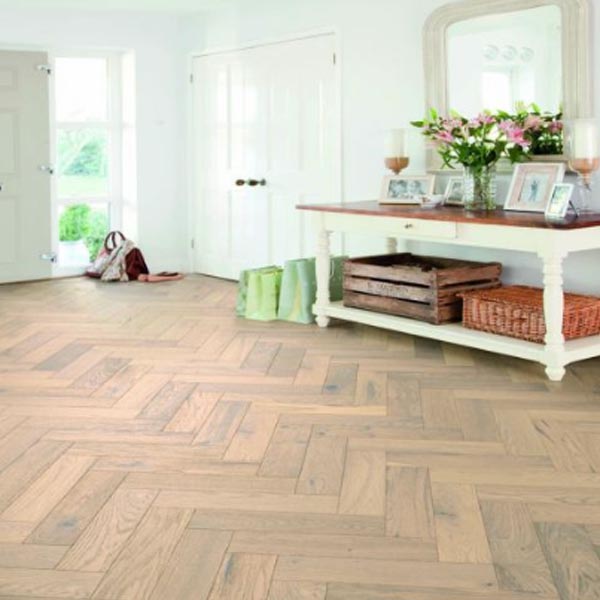
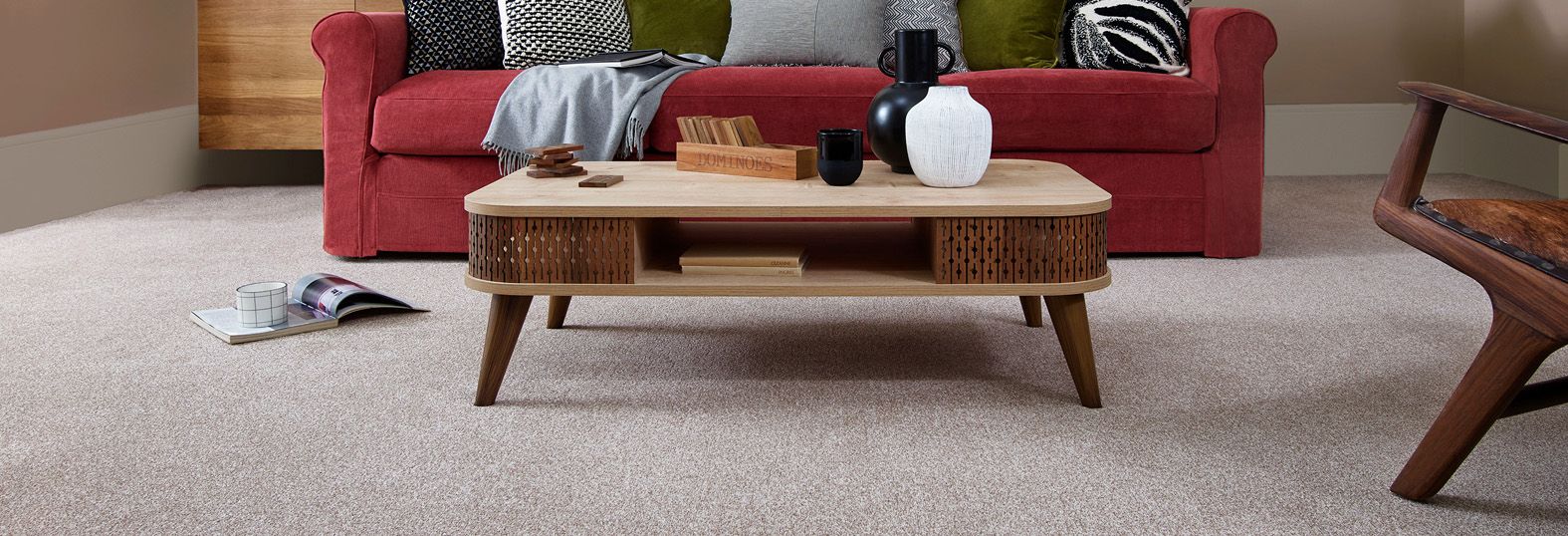
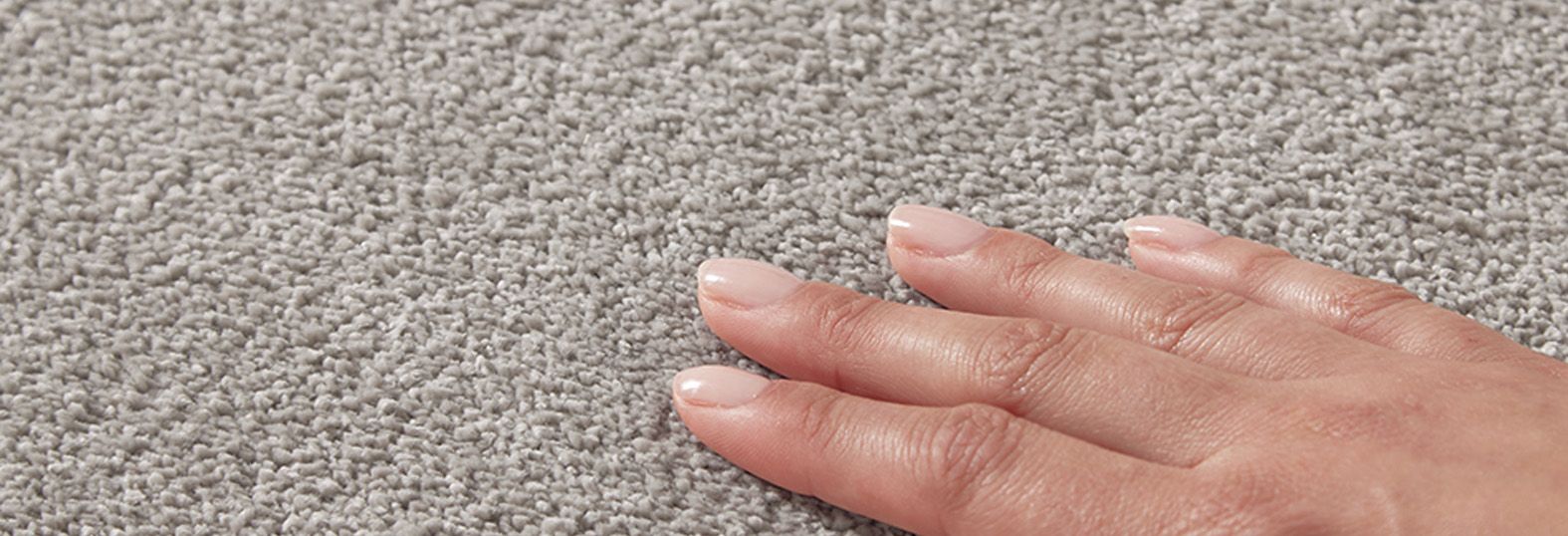
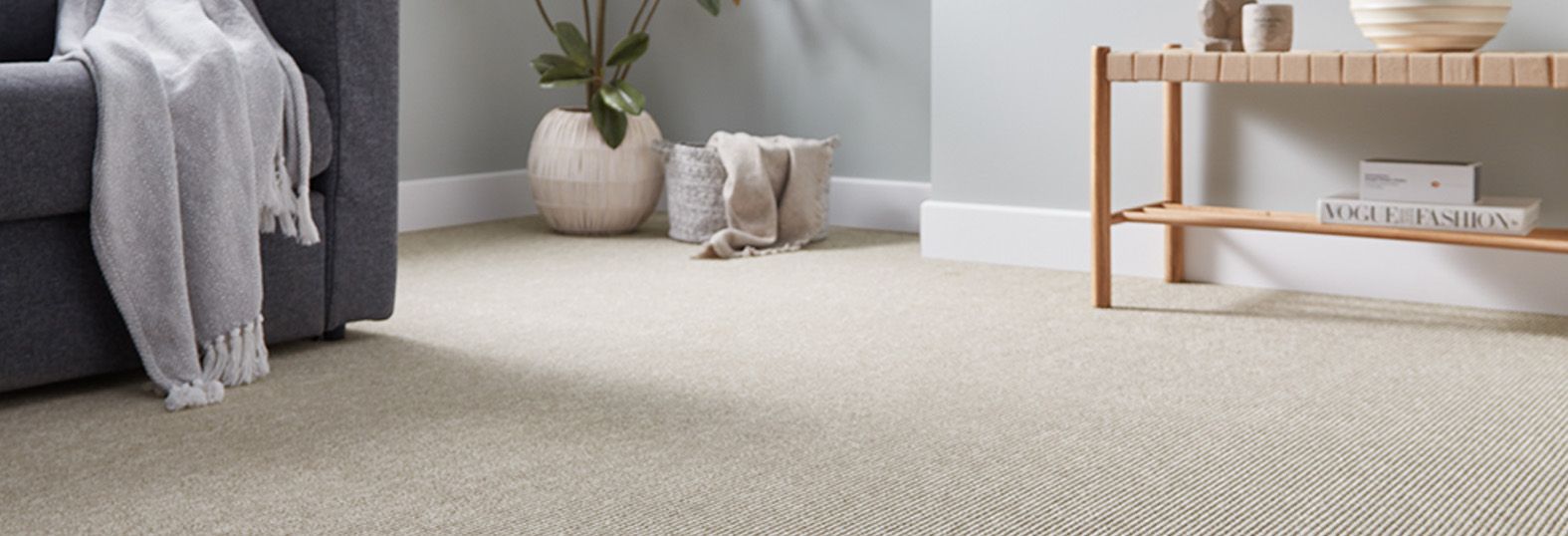


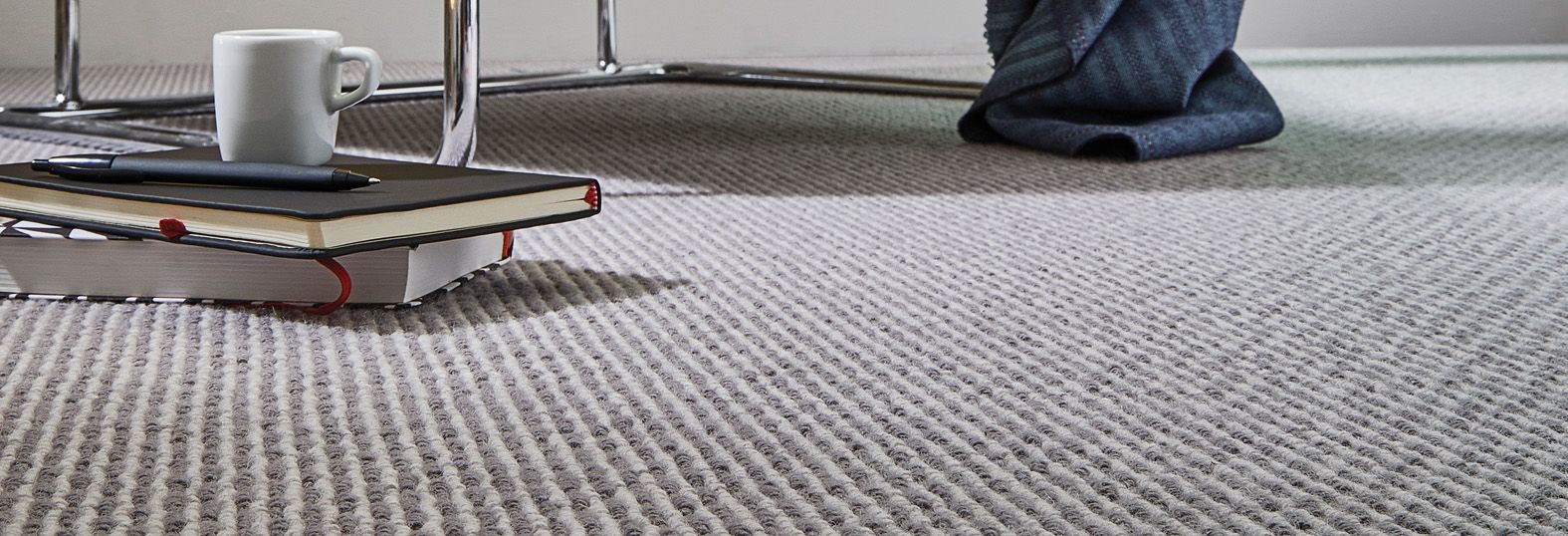

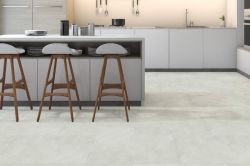

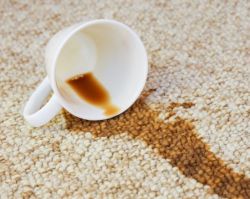
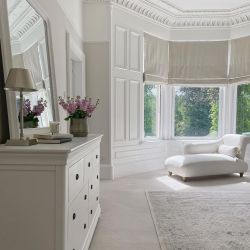





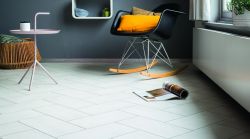



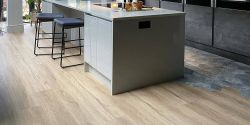
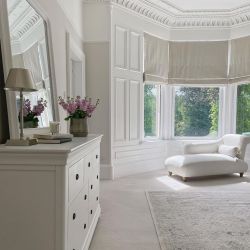
-250.jpg)
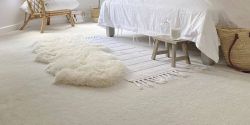

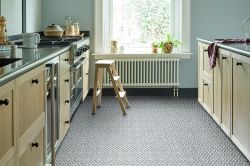

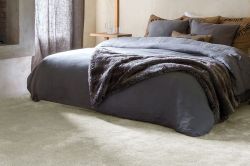

-250.jpg)
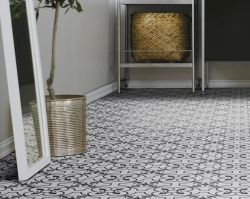

-250.jpg)
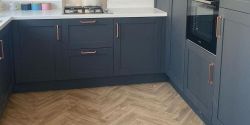
 copy-250.jpg)

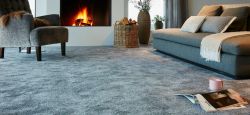






-250.jpg)
 - Article Image (not header)-250.jpg)
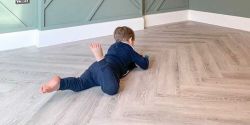
-250.jpg)

-250.jpg)




